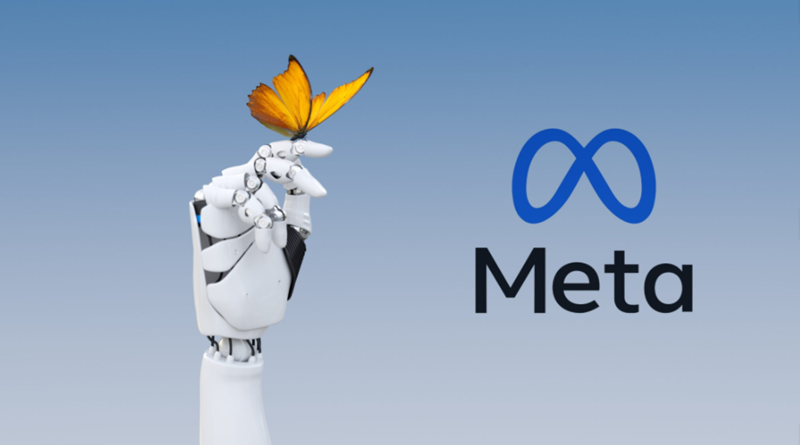Meta Launches Llama 3.1: Largest Open-Source AI Model Surpassing Competitors and Expanding Globally
New Delhi: Meta has unveiled its latest AI model, Llama 3.1, on July 23, 2024, marking a significant advancement in the open-source AI landscape. As Meta’s most sophisticated model to date, Llama 3.1 is touted as the largest open-source AI model ever created, surpassing top competitors such as GPT-4o and Anthropic’s Claude 3.5 Sonnet in several benchmark tests. This new model represents a considerable leap from its predecessor, Llama 2, which was comparable to older generation models. Llama 3.1 is now recognized as competitive with the most advanced models available today.
In a recent blog post, Meta highlighted that Llama 3.1 is set to expand the reach of its Llama-based AI assistant to new regions and languages. The model will be accessible in 22 countries, with recent additions including Argentina, Chile, Colombia, Ecuador, Mexico, Peru, and Cameroon. Meta AI is now available in several new languages, including French, German, Hindi, Hindi-Romanised Script, Italian, Portuguese, and Spanish, with plans for more languages to be added.
Additionally, Meta has introduced a novel feature in Llama 3.1 that enables image generation based on a person’s unique appearance, showcasing the model’s advanced capabilities. The Llama 3.1 models will be available on all major cloud platforms, including AWS, Azure, Google, and Oracle. Companies such as Scale.AI, Dell, and Deloitte are prepared to assist enterprises in adopting Llama 3.1 and training custom models with their data.
Despite the advancements, Meta has not disclosed the specific source data used for training Llama 3.1. Meta CEO Mark Zuckerberg has drawn a parallel between this release and the success of Linux, suggesting that open-source AI models are poised to become dominant in the industry, similar to how Linux became a leading force in operating systems and infrastructure.
FOLLOW FOR MORE.








Hey! Do you use Twitter? I’d like to follow you if that would be okay. I’m definitely enjoying your blog and look forward to new posts.
Hi there, simply was alert to your blog via Google, and located that it’s really informative. I’m going to watch out for brussels. I will be grateful should you proceed this in future. Many other people might be benefited out of your writing. Cheers!